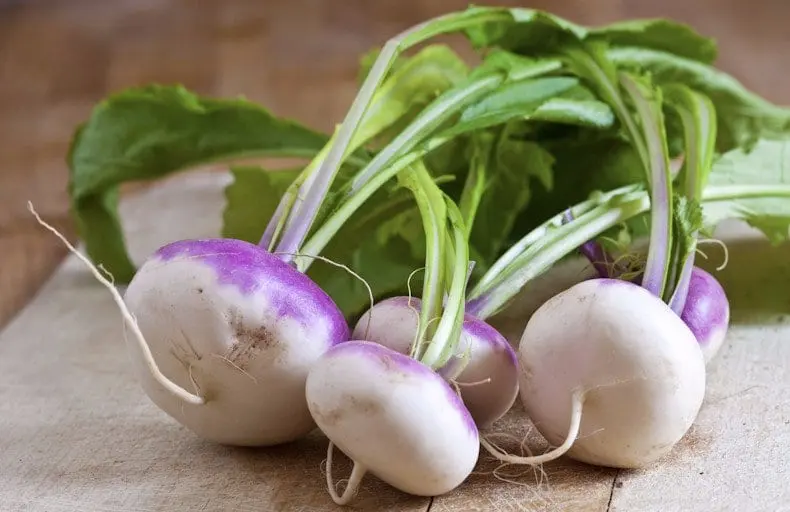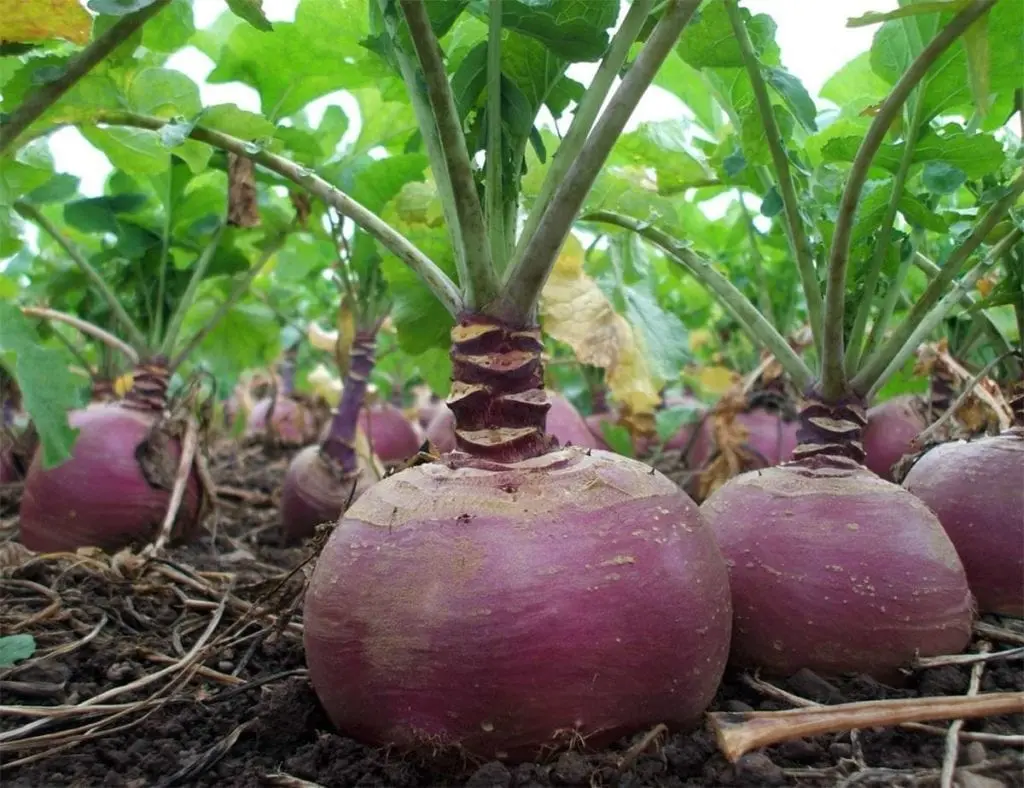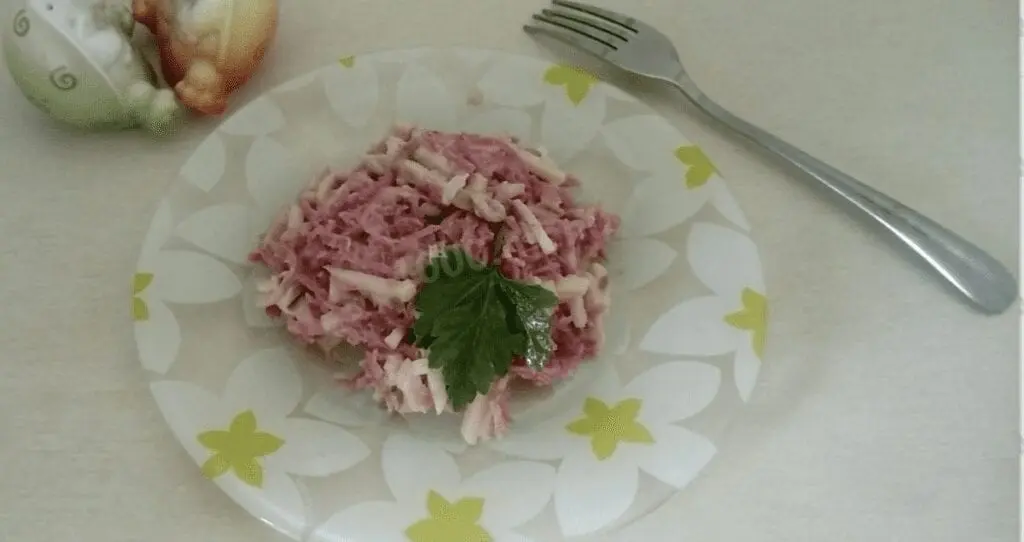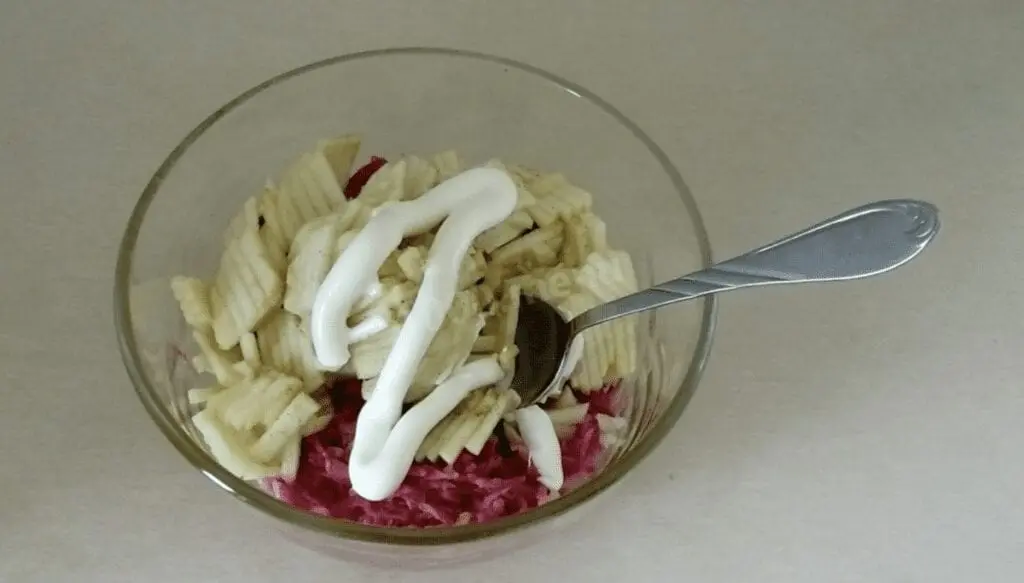Contents
Unfortunately, the overwhelming majority of summer residents know rutabaga only by hearsay, and children are generally deprived of this one of the most useful vegetables.
Rutabaga is one of the most ancient vegetable plants, it was “tamed” by man from time immemorial. Her wild ancestors are unknown. It is believed that it arose as a result of the natural crossing of turnip and cabbage.

But the rutabagas were unlucky at first. If the turnip in ancient Rome was served on the table even to the emperor, then the turnip was neglected even by the poor.
During the Middle Ages, rutabaga spread throughout Europe as a very tasty and healthy vegetable. She was especially loved in Germany. Sweet rutabaga became Goethe’s favorite vegetable. If every Russian from childhood knows the tale about the turnip, then the Germans also have a popular tale about the rutabaga and the mountain spirit of Ryubetsal. Rutabaga came to England in the 16th century, and to this day rutabaga with meat is a national English dish there.
In Russia, rutabaga appeared at the end of the 18th century and became the most widespread. But with the introduction of the potato crop, the area under it sharply decreased. It is difficult to say for what reason this happened. But our ancestors treated this culture differently than we did, putting it on a par with the most valuable food crops. And today in the Baltic countries, not to mention the distant abroad, significant areas of crops are allocated for rutabagas.
In terms of nutritional and medicinal properties, rutabagas are very similar to turnips. The nutritional value of rutabagas is low, but it is famous for its very high vitamin content. It contains more vitamin C (40 mg%) than carrots, beets or cabbage. Moreover, this vitamin in swede is well preserved for a long time during storage. In terms of vitamin B6 content, swede far surpasses all root vegetables, onions, cabbage or other vegetables.
Rich in rutabaga and mineral salts of potassium – 227 mg%, calcium – 47 mg%. And in terms of the content of iodine, which is scarce in the Urals (4 μg%), it is one of the richest plants in the garden.
When cooked properly, rutabaga retains almost all the nutrients it contains and produces a delicious dish that can be compared to potatoes. But the advantage of rutabaga is that it can be stored for a very long time.
Rutabaga contains mustard oil, which has bactericidal properties that have a detrimental effect on harmful microflora, and gives the dishes prepared from it a peculiar taste and aroma. And its carbohydrates are represented mainly by fructose, which makes it useful for patients with diabetes.
In folk medicine, the use of swede is varied. Dishes from rutabagas improve digestion, increase intestinal motility and are recommended for obesity. But with constipation due to the abundance of fiber, it is better not to use the root crop itself, but replace it with juice, which has a laxative effect.
Rutabaga has a diuretic effect, therefore it is very useful for edema, it is included in the diet of patients with atherosclerosis. It is also effective as an expectorant. For medicinal purposes, rutabagas are consumed both raw and steamed in the oven.
It is not recommended to use rutabagas in acute inflammatory bowel diseases and in hypertension.

Biological features of swede
Rutabaga, like turnip, belongs to the cruciferous family. This plant is biennial. In the first year, it develops a rosette of leaves and a large fleshy root crop, in the second year it blooms and gives seeds.
The leaves of the swede are fleshy, dissected. The root crop is often flat-rounded, rather large, rises above the soil surface. Its upper part is dirty green or purple-red, and the lower part is yellow. The pulp is firm, yellow in different shades or white. A noticeable thickening of the root crop begins 35–40 days after germination.
Rutabaga is a very cold hardy plant and can be grown in the northernmost farming zones. Its seeds begin to germinate at a temperature of 2-4 degrees, and seedlings already appear at an average daily temperature of 6 degrees. Seedlings can withstand frosts down to minus 4 degrees, and adult plants can withstand temperatures down to minus 6 degrees. The best temperature for the growth and development of root crops is 16–20 degrees. At higher temperatures, plants are inhibited, and their taste deteriorates.
Rutabaga is demanding on lighting, prefers long daylight hours and high soil moisture, but does not tolerate both a prolonged excess of moisture in the soil and its severe lack.
The selection of varieties of rutabagas in garden plots is still poor, but new magnificent varieties of foreign selection have appeared in the trade, possessing excellent qualities and completely changing the idea of \ u200b \ u200bthe taste of rutabagas. It is not without reason that it is in great demand in European countries, especially among English and German gourmets.
Nutritional value per 100 g
- % of RSP
- Caloric content 37 kcal 2.41%
- Proteins 1.2 g 1.3%
- Fat 0.1 g 0.15%
- Carbohydrates 7.7 g 5.5%
- Dietary fiber 2.2 g 11%
- Water 88 g 3.22%
Caloric content 37 kcal
How to choose

When choosing a swede, you should pay attention to the appearance of the root crop. Medium-sized vegetables with an even, evenly colored bark, without any cracks, warts or other surface defects, are of the best quality. Another factor of choice is the presence of green shoots, which indicates the youth of the plant, and, consequently, the excellent organoleptic characteristics of its root crop.
Storage
Medium-sized root vegetables are best suited for long-term storage. In this case, they must be dried, and the tops must also be removed (leaving about 2 cm), since it feeds on the moisture contained in the pulp. The optimal conditions for storing swede are: good ventilation, humidity of about 90%, temperature from 0 to 4 degrees Celsius. If they are observed, root crops can be stored for up to 20 days. At room temperature, they will become unusable in 7 days.
Beneficial features
Notable for its low calorie content, turnip, nevertheless, is an excellent source of an impressive list of biologically active substances, which determines the presence of a lot of useful properties in this vegetable. In particular, its chemical composition contains many powerful water-soluble antioxidants, which allows it to exert anti-cancer, anti-inflammatory and immunostimulating effects on the human body. At the same time, the increased content of minerals allows the use of rutabagas to normalize the work of the cardiovascular system. This vegetable helps to bring your heart rate and blood pressure to normal levels.
Restrictions on use
Individual intolerance, urolithiasis.
LIGHT PANTS CHICKEN SALAD

INGREDIENTS FOR 6 SERVINGS
- Chicken fillet 250 gr
- Apples 1
- Rutabaga 1
- Bulb onion 100 gr
- Garlic powder to taste
- Chili to taste
- Mayonnaise 1
STEP1:
Prepare your ingredients. Boil the chicken fillet in advance. Choose an apple of sour varieties, it will better emphasize the taste of the salad. For dressing, choose mayonnaise or sour cream if you are on a diet.
STEP 2:
Step 2. Cut the onion into half rings. Fry it in a skillet with garlic powder and chili powder. When adding spices, be guided by your taste
STEP 3:
Step 3. Cut the rutabaga into thin strips. You can use a grater. Add the prepared product to the pan to the onion and keep on fire for about a minute. By the way, you can use turnips or radishes instead of rutabagas.
STEP 4:
Step 4. Cut the finished chicken fillet into strips. Peel the apple and also cut into thin strips
STEP 5:
Step 5. Mix all the ingredients in a salad bowl. Salt if desired, but keep in mind that the chicken meat has already been cooked in salted water. Do not oversalt
STEP 6:

Step 6. The salad is now ready to be seasoned and consumed!









